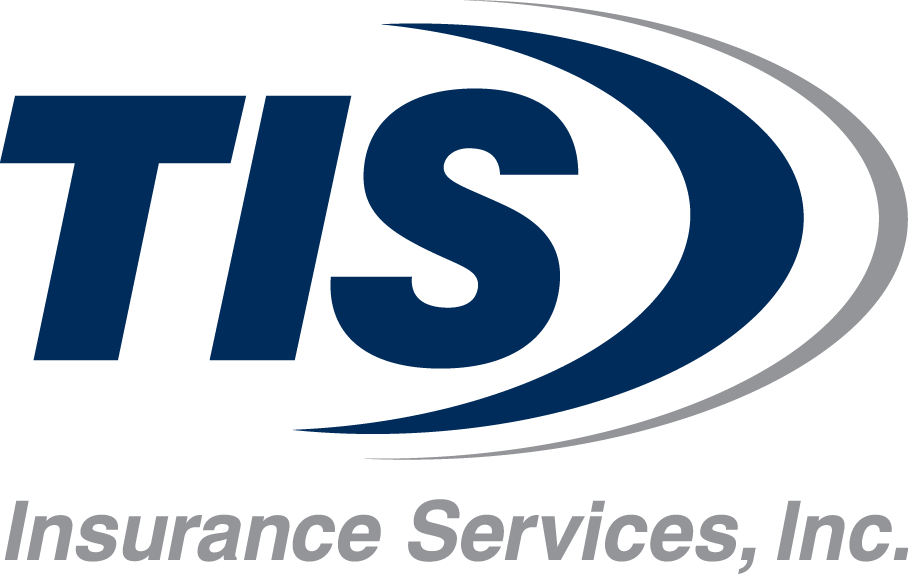As projects grow more complex, contractors, owners and surety companies all have an increased risk stemming from an ongoing industry shift in project coordination. The burden of providing more project coordination, via changes in contractual language, is landing on the shoulders of the subcontractor, who find themselves without sufficient training or resources to deal with these added expectations.
Why the Shift?
Changes in the construction industry impacts the risk general contractors face and as a result they are assigning more of that risk to the subcontractors. Changes such as:
The Changing Workforce
As seasoned professionals retire, the general contractor workforce has industry knowledge gaps in key positions leading to these positions being filled by less experienced managers and field supervisors. To offset the risk due to the t lack of experience, contract language is interpreted to force the subcontractors to work out project conflicts and sequence coordination with other subcontractors.
Project Complexity and Technology Dependence
As digital design tools continue to evolve and the GC’s reliance on project management tools increases, subcontractors must navigate more sophisticated drawings and management systems, often without thorough training and technology integration. Industry changes still linger from the pandemic such making on-site coordination meetings outdated shelving one of the most critical management tools.
Labor Shortages and Skill Gaps
A lack of skilled labor and language barriers can complicate communication that leads to an increase in quality issues which lead to costly rework. Not only is there a lack of skilled labor, but the skilled labor that a subcontractor does have is spread out on more projects. In addition, supply chain issues create lost project time creating impacts on productivity and the experience gap creates more non-productive work hours in a typical workday.
Breakdowns in project coordination create stress on the project and will lead to project delays, cost overruns for the GC and the subcontractor, inferior quality, and warranty issues for the owner, increasing liability for all stakeholders.
The issues created by the aging workforce are not changing and neither is project complexity. Labor issues will continue, and so will this shift of coordination to the subcontractors as it becomes more acceptable in the industry.
This leaves us with the question of how do, we as an industry, mitigate this new risk?
Build up Subcontractor Competency
The most effective strategy as an industry is to encourage the subcontractors to invest in training built specifically for subcontractors that enhances their communication, coordination, and soft skills.
What does this look like for the subcontractors?
Training specifically geared to benefit subcontractors will show up in improved communication and an understanding of those critical project management tasks the general contractor needs before the subcontractor is even on site. The improved communication and project documentation will mean less conflict and less wasted time.
Subcontractors that make this investment will see improvement in estimating practices and cost management. Quality and production improve, schedules are met all leading to more effective onsite coordination which is the goal.
Reduced Risk, Fewer Claims
For insurance providers, supporting subcontractor training initiatives aligns directly with risk reduction objectives. With the right training, the likelihood of incidents such as project delays, quality issues, and cost overruns that could lead to claims can be reduced. Incentivizing subcontractors to get training can translate into lower risk exposure and better project outcomes.
Empowering Subcontractors offers flexible, scalable training solutions, from group coaching to online courses, to onsite workshops. Our goal is to equip subcontractors with tools to better manage the demands of today’s coordination and communication project requirements.
Sincerely,
John Farner
Founder, Empowering Subcontractors
www.empoweringsubcontractors.com





